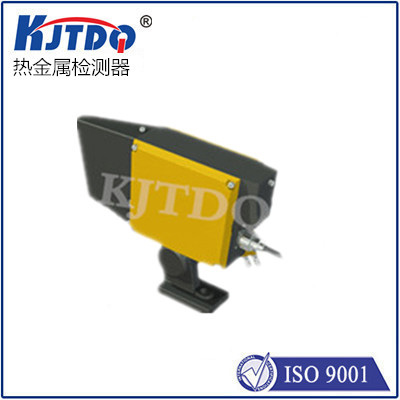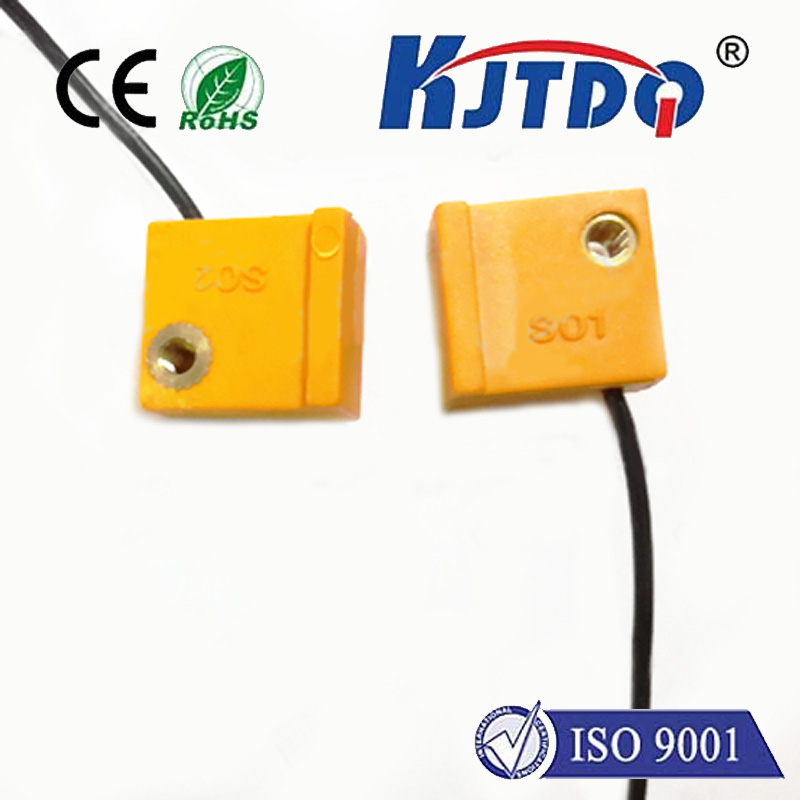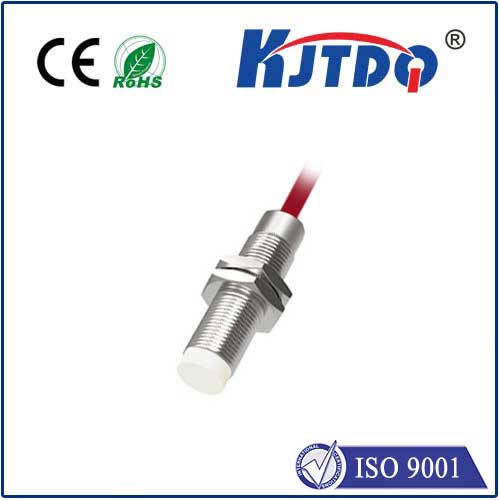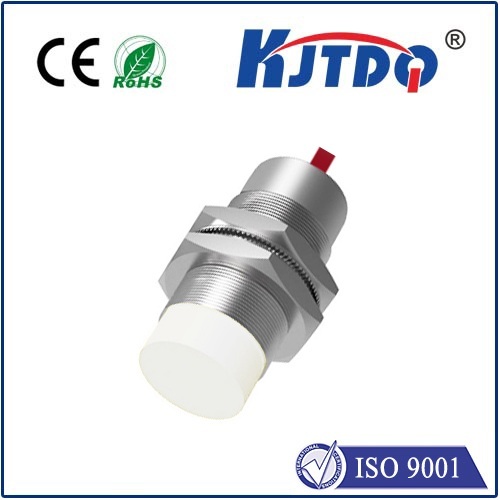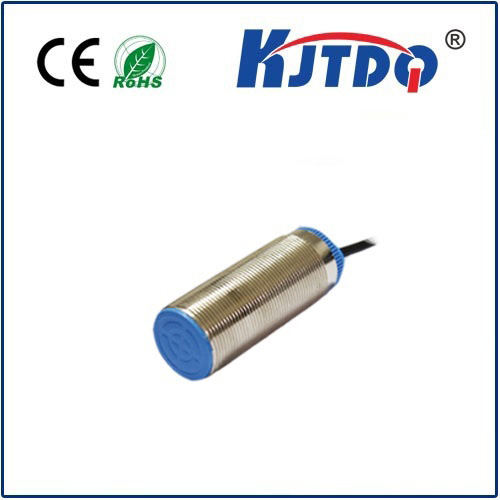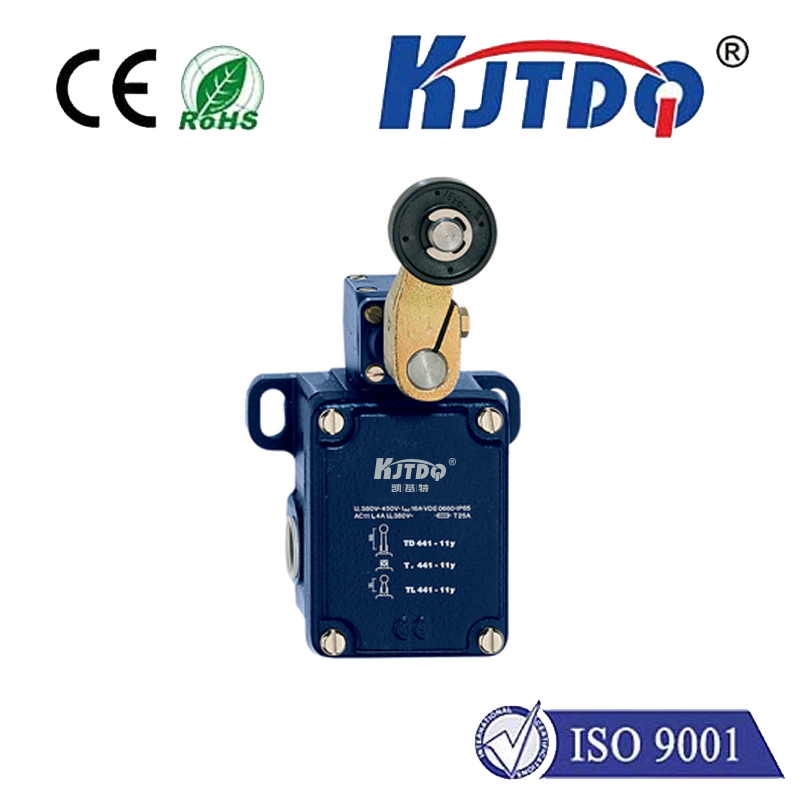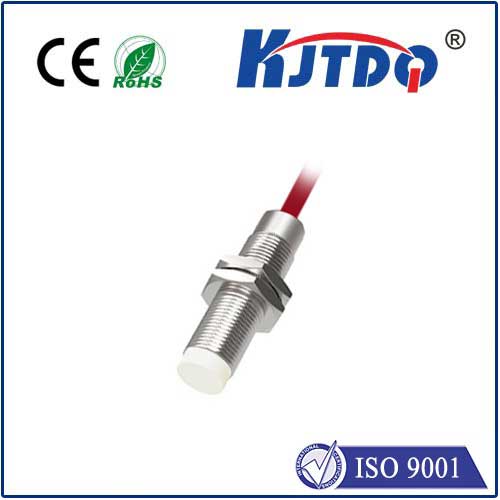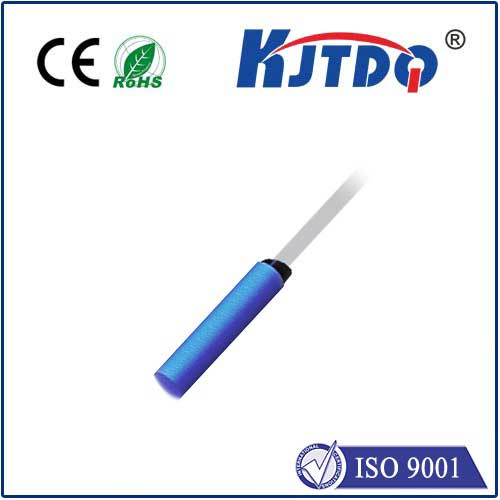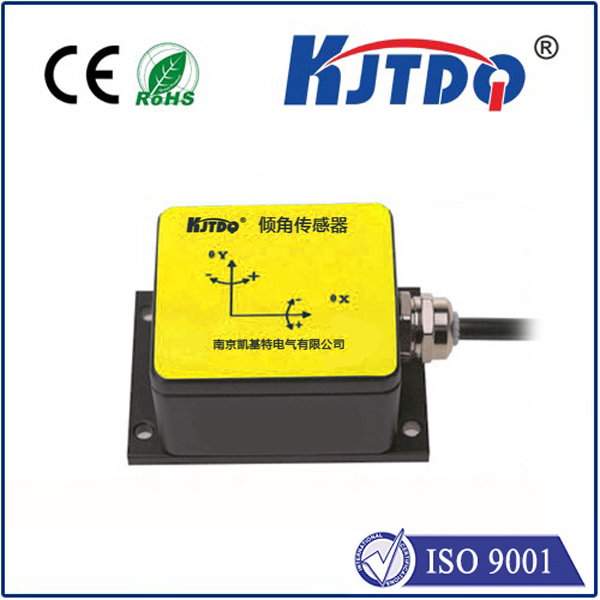inductive metal sensor
- time:2025-06-18 02:15:59
- Click:0
The Unseen Guardian: Inductive Metal Sensors Revolutionizing Detection
Imagine a world where tiny objects can be sensed without a single touch, where machines operate flawlessly knowing a critical metal component is exactly where it should be, and where safety systems activate instantly when things go wrong. This isn’t science fiction; it’s the everyday reality powered by inductive metal sensors. These remarkable devices are the silent, tireless watchdogs of modern industry, enabling automation and control with unparalleled reliability. Understanding how they work and where they shine reveals their indispensable role in our technological landscape.
The Core Principle: Electromagnetism in Action
At its heart, an inductive sensor is a non-contact device that detects the presence of ferrous metals (like iron and steel) and often non-ferrous metals (like aluminum, copper, or brass) without any physical interaction. Its operation hinges on fundamental principles of electromagnetism.
Here’s the simplified magic:

- Generating the Field: Inside the sensor, an oscillator circuit generates a high-frequency alternating current. This current flows through a coil (the sensing face), creating a powerful, rapidly alternating magnetic field that radiates outwards from the sensor’s face.
- Inducing Eddy Currents: When a conductive metal target enters this magnetic field, it disrupts the field lines. Crucially, according to Faraday’s Law of Induction, the changing magnetic field induces small circulating electrical currents within the metal target itself. These are called eddy currents.
- Detecting the Dampening: These induced eddy currents generate their own opposing magnetic field. This opposing field interacts with the original field generated by the sensor’s coil. The result is a dampening effect – effectively, a loss of energy – within the sensor’s oscillating circuit.
- Triggering the Output: The sensor’s sophisticated electronics continuously monitor the amplitude or frequency of the oscillation. When the dampening effect caused by the metal target exceeds a pre-defined threshold, the electronics recognize this as a detection event. This triggers a change in the sensor’s output signal (typically switching a transistor on or off), signaling to the connected control system (like a PLC - Programmable Logic Controller) that metal has been detected.
Why Choose Inductive Metal Sensors? Key Advantages
Their unique operating principle grants inductive sensors significant advantages over other detection methods:
- Non-Contact Operation: This is arguably their biggest benefit. Because they don’t need physical touch, there is no wear and tear on the sensor or the target from mechanical impact. This translates directly to longer lifespans, reduced maintenance costs, and consistent performance.
- High Reliability: Immune to dirt, dust, oil, grease, and moisture (depending on the housing IP rating), they operate reliably in harsh industrial environments where optical sensors might fail.
- Extremely Fast Response Times: Inductive sensors react incredibly quickly to the presence or absence of metal, often in microseconds. This makes them ideal for high-speed automation tasks like counting small parts on a conveyor or verifying component position in a fast-moving assembly line.
- No Moving Parts: The solid-state nature enhances durability and reliability by eliminating points of mechanical failure.
- Resistant to Surface Conditions: Unlike capacitive sensors, they are largely unaffected by the target’s surface condition (wet, dirty, oily) as long as the metal is detectable.
- Long Operational Life: Built for industrial endurance, quality inductive metal sensors offer years of dependable service.
Where the Magic Happens: Diverse Applications
The robustness, speed, and non-contact nature of inductive sensors make them ubiquitous across countless industries:
- Manufacturing Automation: Position sensing of machine parts (cylinder pistons, clamps, robotic arms), presence/absence detection for quality control (missing bolts, screws, springs), end-of-travel limit switching, and object counting on conveyors.
- Material Handling: Detecting metal pallets, containers, or components on roller conveyors, belt systems, and automated guided vehicles (AGVs).
- Food and Beverage: Monitoring metal cans, detecting machinery components (despite product splatter), and ensuring safety guards are in place (all-metal sensors have special configurations for this). Sensing fill levels through non-metallic container walls.
- Packaging: Verifying the presence of metal lids, seals, or foil packaging. Control of filling and capping machines.
- Automotive: Endlessly used in assembly lines for verifying part placement, detecting pistons in engines, monitoring gear position, and confirming safety-critical components are present.
- Machine Safety: Critical role in confirming guards are securely closed before machines are allowed to operate (safety interlocking).
- Robotics: Providing precise positional feedback for robotic arms and end effectors interacting with metal parts.
Important Considerations: Range, Material, and Types
While incredibly versatile, selecting the right inductive metal sensor requires understanding a few key parameters:
- Sensing Range: The maximum distance at which the sensor can reliably detect the specified target. This is typically quite short (millimeters to tens of millimeters) and depends heavily on the sensor size and target material. Always refer to manufacturer specifications.
- Target Material: Ferrous metals (iron, steel) are detected at the longest ranges because they are both conductive and magnetic. Non-ferrous conductive metals (aluminum, brass, copper) are also detectable, but usually at a shorter range due to the absence of magnetic permeability. Stainless steel detection range varies significantly by type (ferritic grades are better detected than austenitic). Size and shape also matter.
- Flush vs. Non-Flush Mounting: Shielded (Flush Mount) sensors can be installed embedded in metal without affecting their field, ideal for confined spaces. Unshielded (Non-Flush Mount) sensors have a larger sensing range but must have a clearance area around them to prevent interference from surrounding metal.
- Output Type: Common options include NPN, PNP (digital on/off), Analog (current, voltage proportional to distance), and IO-Link (smart sensors providing diagnostics and configuration).
- Environmental Factors: Consider temperature extremes, potential chemicals, and required ingress protection (IP rating).
The Future is Sensing
Inductive metal sensors are a cornerstone technology of modern automation. Their non-contact principle, inherent robustness, and lightning-fast speed solve countless detection challenges reliably and efficiently. From ensuring the smooth flow of an automotive assembly line to guaranteeing the safety of machinery operators, these unseen guardians work tirelessly. As technology evolves, we see advancements towards even smaller sizes, longer sensing ranges, enhanced immunity to interference, and integration with Industrial Internet of Things (IIoT) platforms for predictive maintenance and smarter factory control. Demystifying their electromagnetic operation reveals an elegant solution that continues to drive innovation and efficiency across the global industrial landscape.






